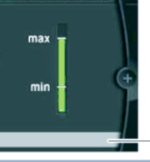Agreed. Too late now...but this is one sexy beast...If he was confident of no issues I would have paid for an inspection under the agreement that your money is returned if it was in fact going to be a problem. Otherwise it was non refundable deposit towards purchase.
Finding ways to find sellers who are serious to sell is not too difficult.

Kijiji - Buy, Sell & Save with Canada's #1 Local Classifieds
Visit Kijiji Classifieds to buy, sell, or trade almost anything! New and used items, cars, real estate, jobs, services, vacation rentals and more virtually anywhere.
Probably as much more fun than an MX-5 as it is hassles and repairs / maintenance.


















